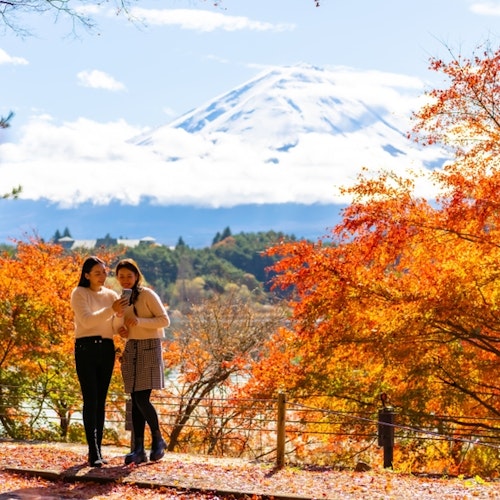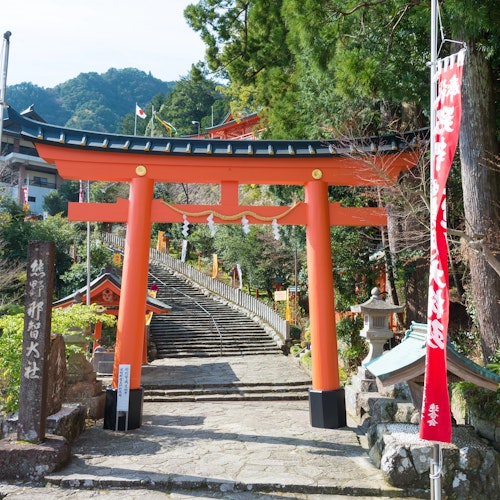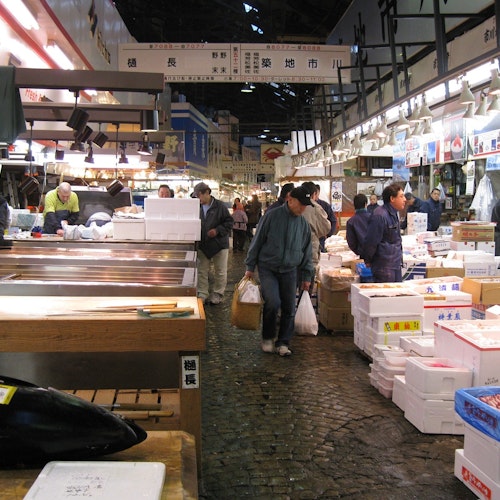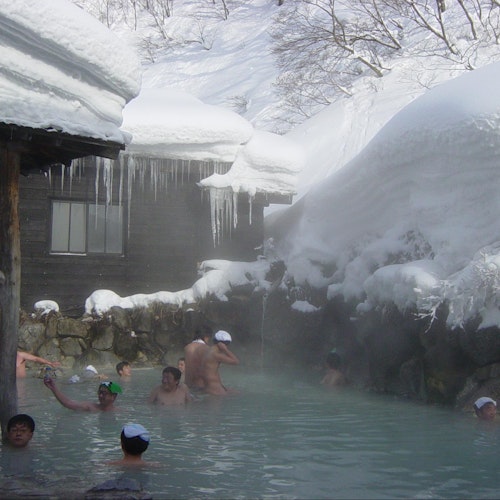
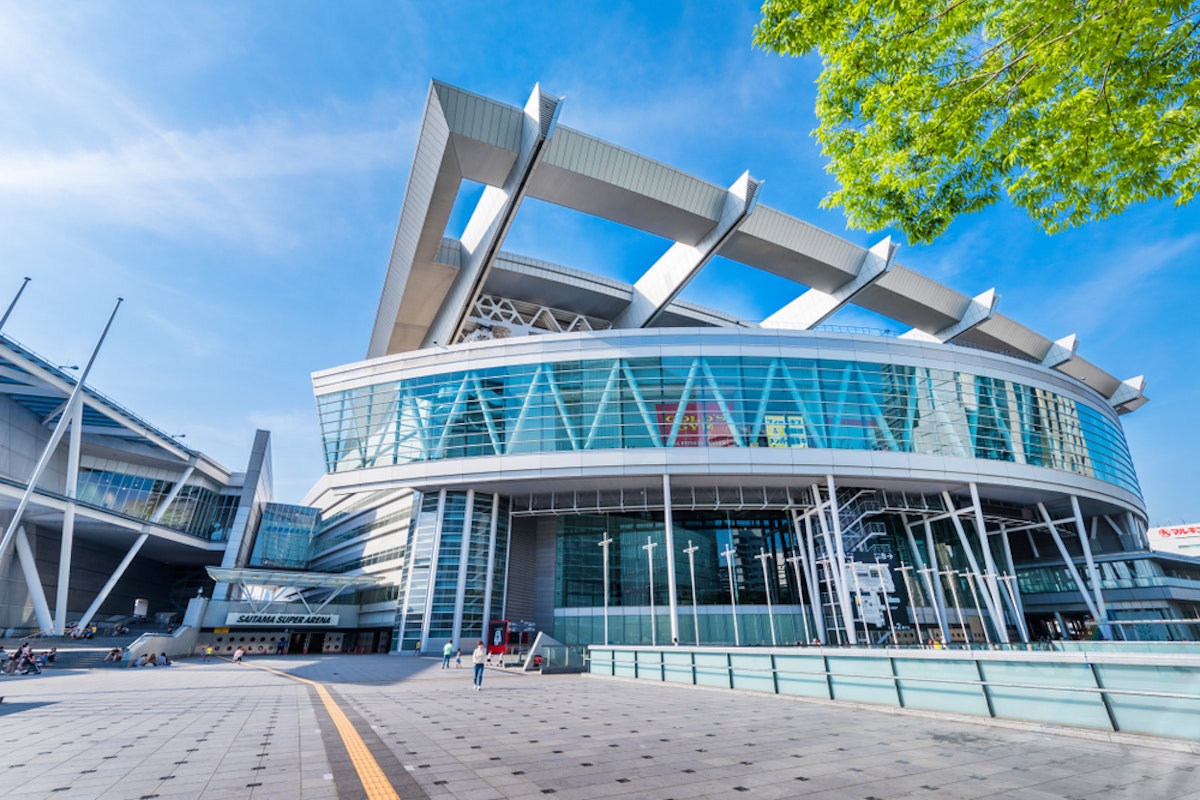
Saitama is an ideal destination for anyone looking to explore more of Japan beyond Tokyo. Just a short train ride away, it offers a mix of cultural attractions, family-friendly activities, and delicious local food.
From walking through the historic Hikawa Shrine to learning about bonsai art in the world-famous Omiya Bonsai Village, there’s something here for everyone.
This guide will help you plan your trip with practical tips, must-visit spots, and insider recommendations to make your experience unforgettable.
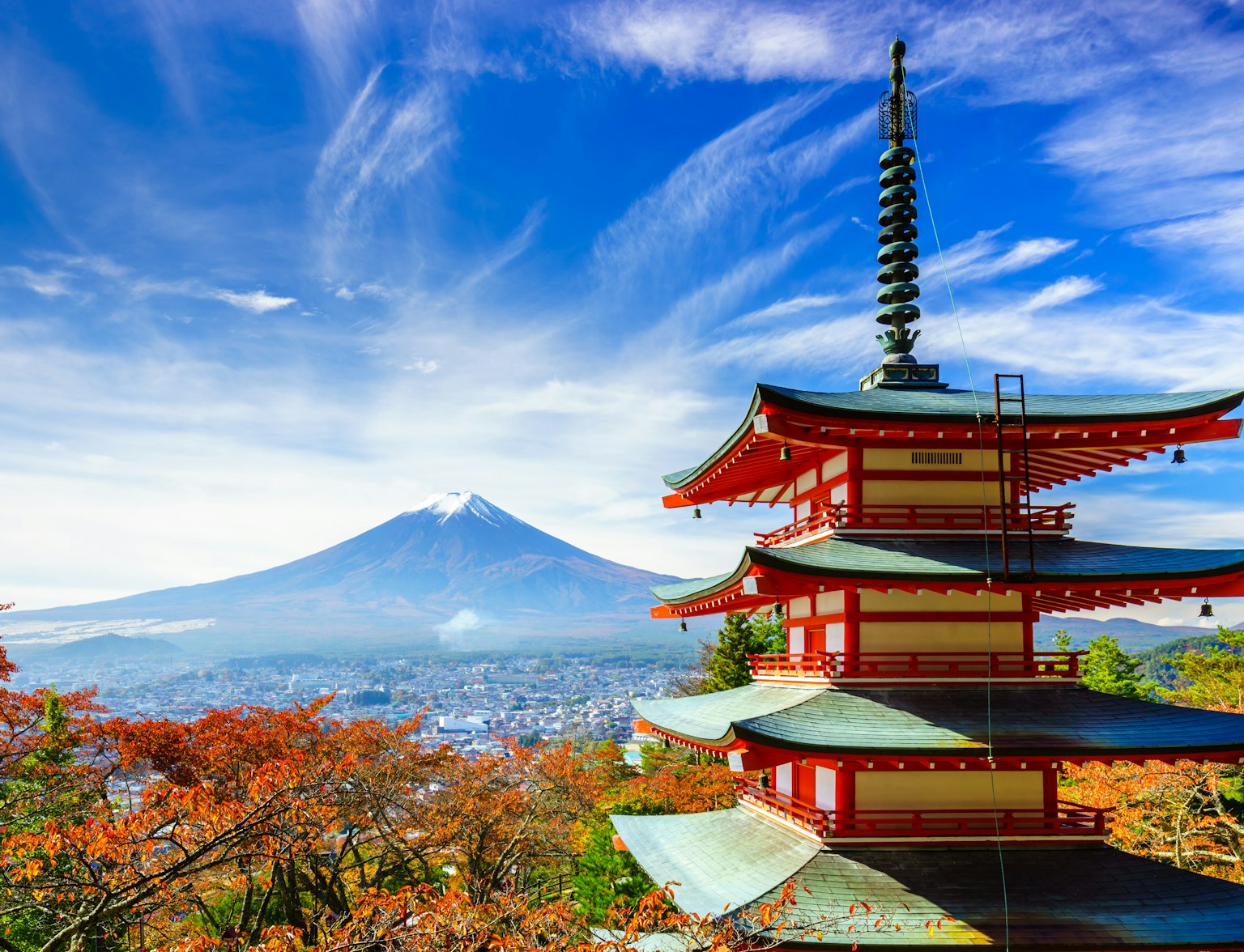
Discover Japan without limits with our all-access JR Pass! Roam vibrant cities, embrace serene landscapes, and dive into local culture, all with seamless travel on JR lines, airport railways, and more.
Saitama City is 30 minutes from Tokyo by JR Utsunomiya, Takasaki, or Saikyo Line, with Omiya Station as the main hub. Shinkansen connects Omiya to cities like Niigata and Sendai. From Narita Airport, take the Narita Express to Tokyo Station, then a JR train to Omiya (90 minutes).
From Haneda Airport, take the Tokyo Monorail to Hamamatsucho and transfer to the JR Keihin-Tohoku Line to reach Omiya in about 60 minutes. Express buses are another option for travelers with large luggage or on a budget.
Tip: Use a prepaid IC card like Suica or Pasmo for hassle-free travel. For regional trips, the JR Tokyo Wide Pass is a cost-effective choice for unlimited rides, including Shinkansen.

The Railway Museum is a treasure trove for train enthusiasts and a fun educational experience for families. It showcases the evolution of Japan’s railways, featuring full-size train models, including steam locomotives and shinkansen.
Interactive exhibits allow visitors to learn about rail technology, and simulators let you try driving a train. Kids can enjoy a mini train ride, while adults will appreciate the detailed dioramas depicting rail systems. The museum’s observation deck offers a great view of passing trains at Omiya Station.
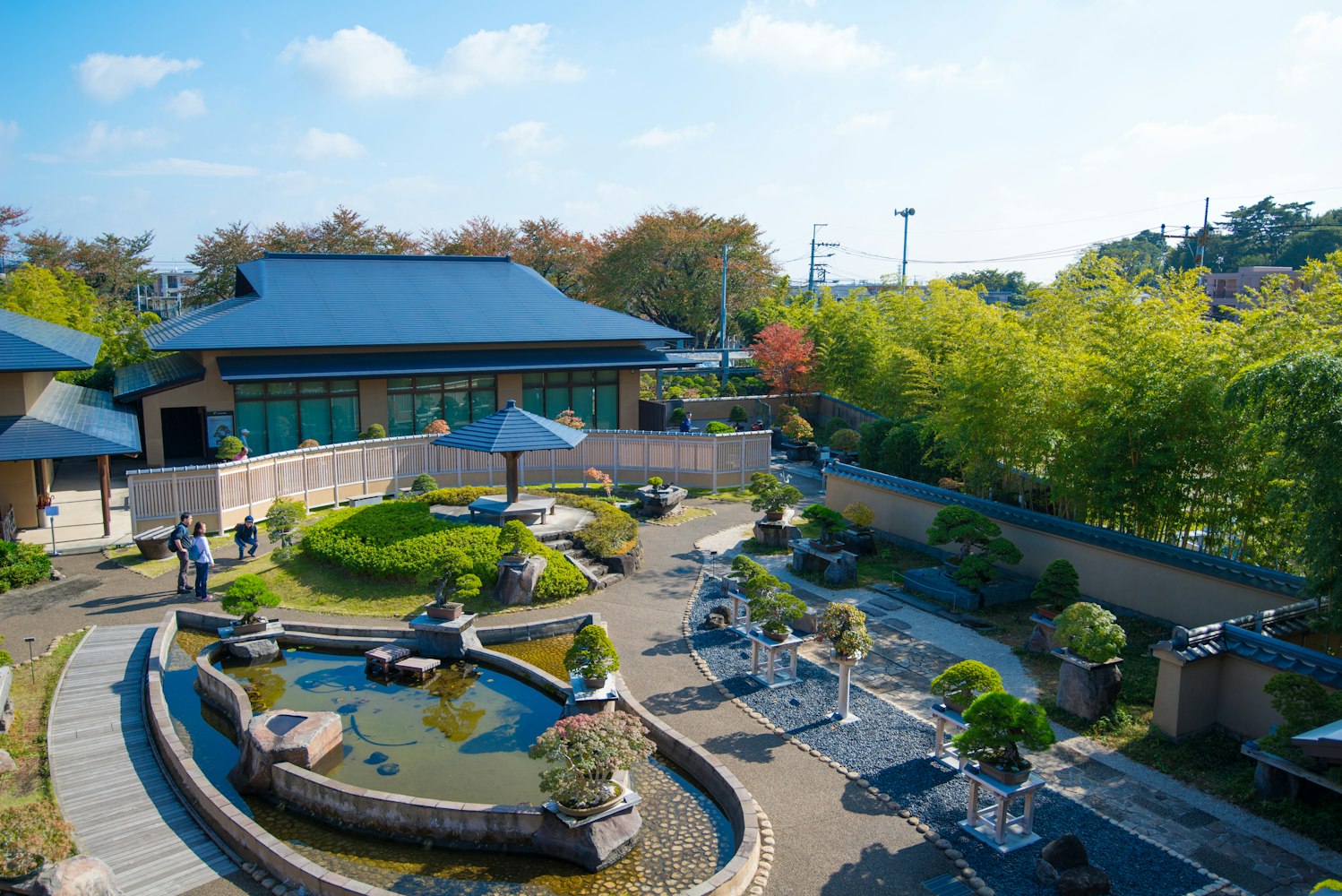
Omiya Bonsai Village is the heart of Japanese bonsai culture, with a history that dates back to the early 20th century. It features several bonsai nurseries and the Omiya Bonsai Art Museum, where you can admire stunning bonsai displays and learn the philosophy behind this art form.
Guided tours and workshops are available for those who want a deeper understanding or hands-on experience. The village is quiet and serene, making it a perfect escape for nature lovers. Many nurseries also sell bonsai, allowing you to bring home a piece of this tradition.
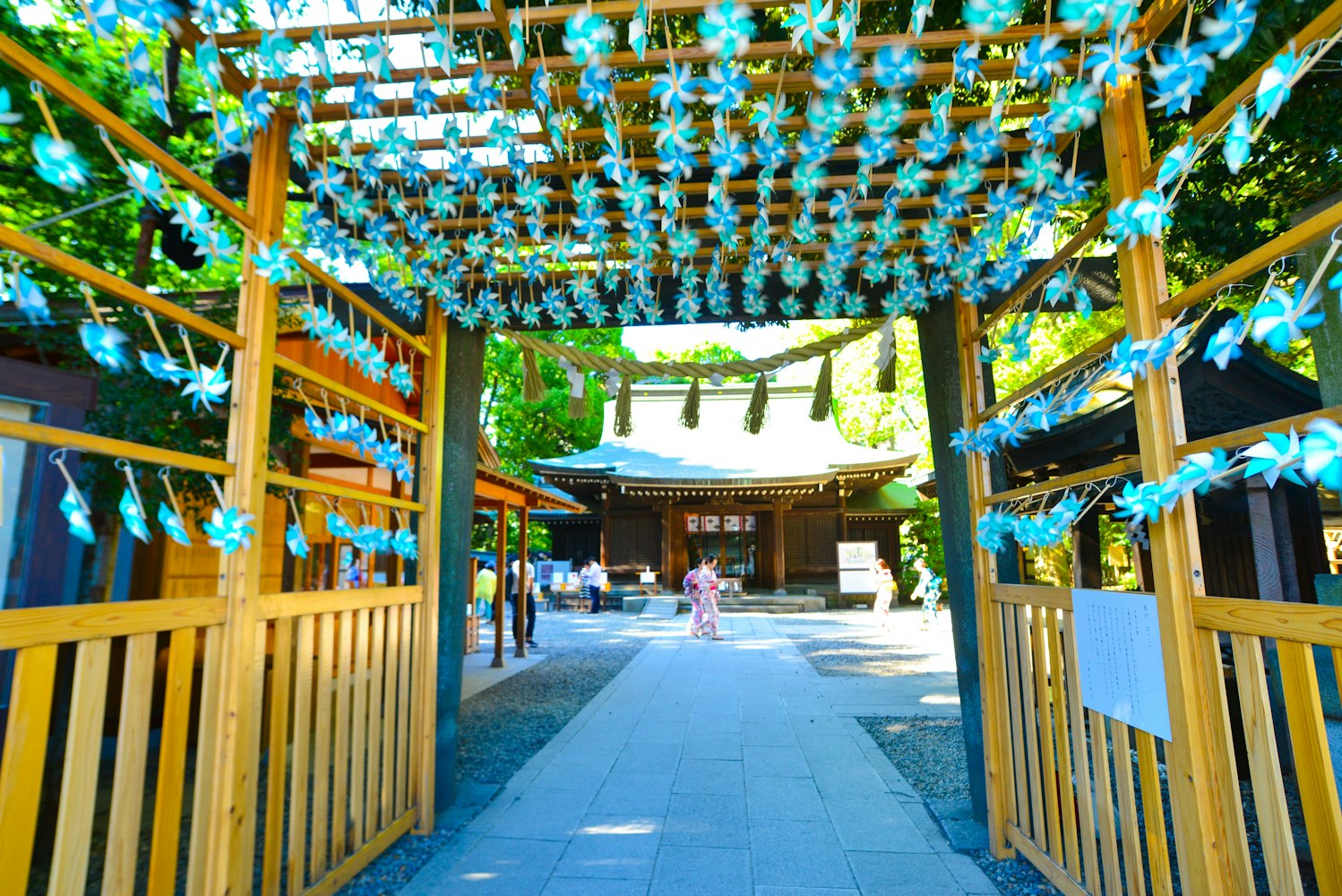
Hikawa Shrine is one of Japan’s oldest Shinto shrines, with a history spanning over 2,400 years. Its long, tree-lined approach creates a tranquil atmosphere, ideal for a peaceful walk. The shrine is dedicated to the god of matchmaking, making it a popular spot for couples seeking blessings.
Seasonal festivals, such as New Year celebrations and summer matsuri, add vibrant cultural experiences. Don’t miss the smaller auxiliary shrines within the grounds, each with unique historical significance.
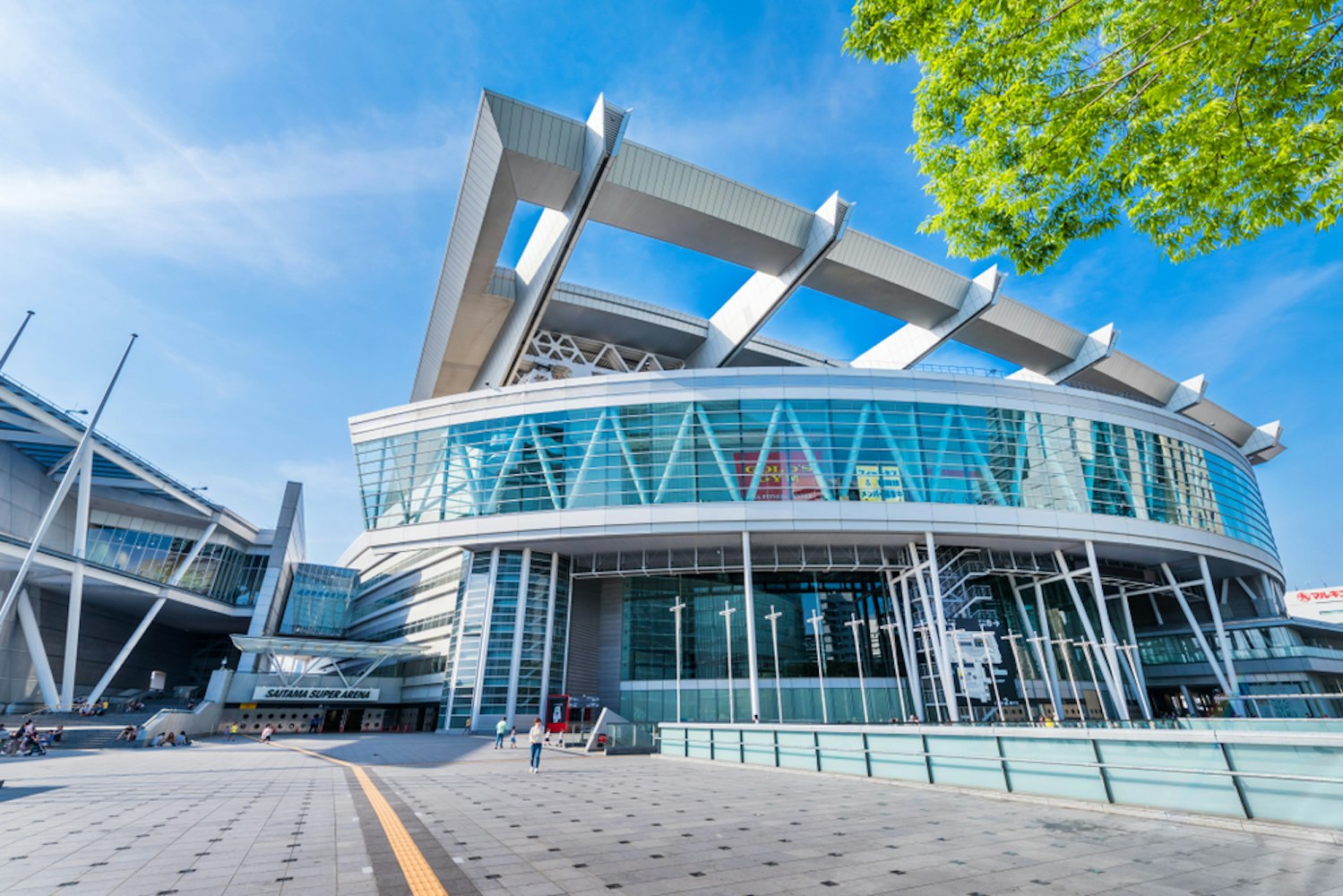
Saitama Super Arena is a world-class venue for concerts, sports events, and exhibitions. It’s known for hosting international artists, major sporting competitions, and cultural expos. The arena can accommodate up to 37,000 people, and its versatile design allows for events of all sizes.
If you’re in town, check the event schedule for a chance to attend a concert or show, as this venue often features top-tier performances.
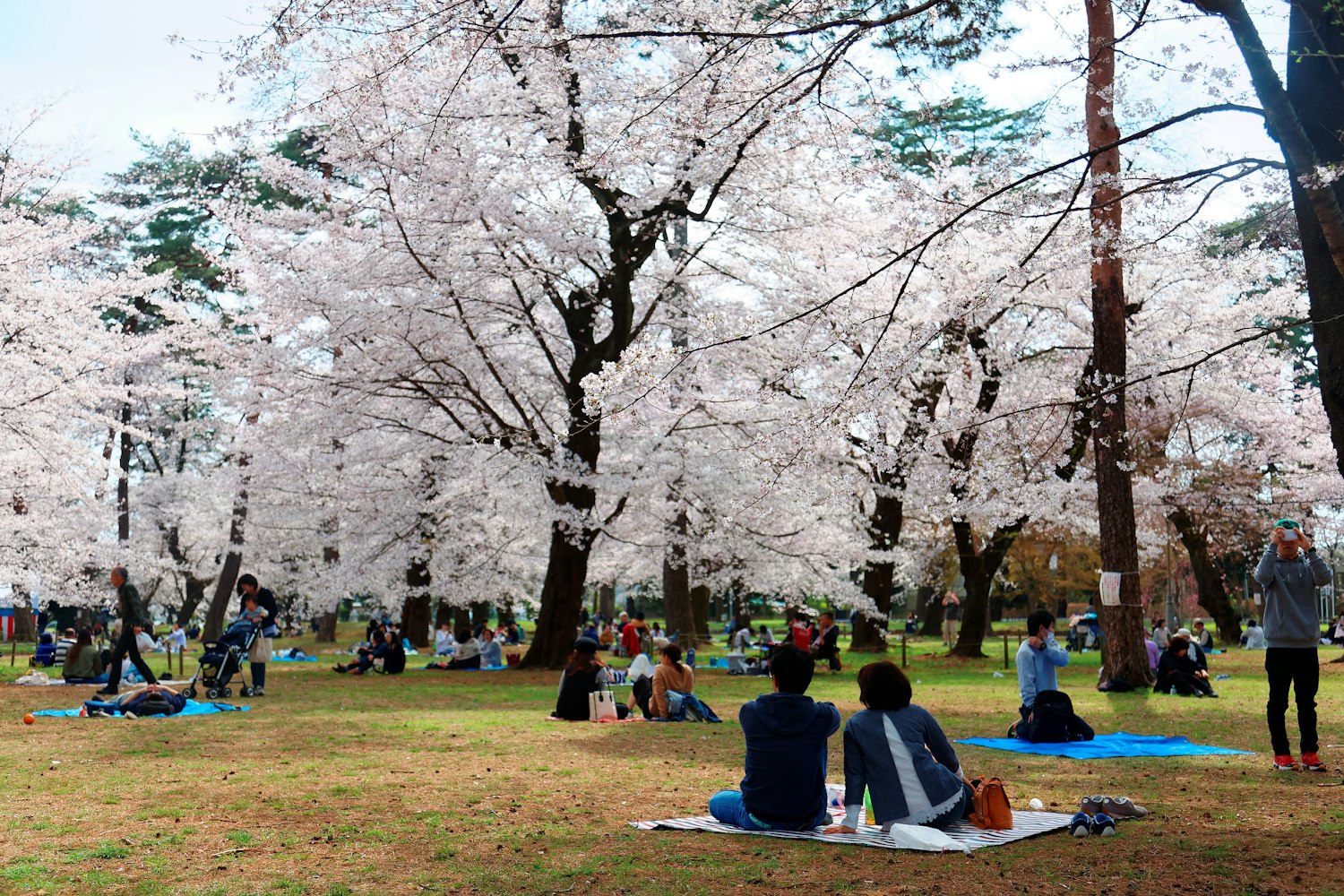
Omiya Park is a sprawling green space that’s perfect for outdoor activities. It’s home to a small zoo, a pond with rental boats, and sports facilities. In spring, the park becomes a cherry blossom hotspot, attracting visitors for hanami picnics under the pink blooms.
The park also houses Hikawa Shrine, allowing you to combine cultural exploration with relaxation. Families will enjoy the playgrounds and open areas, while photographers will find plenty of scenic spots.
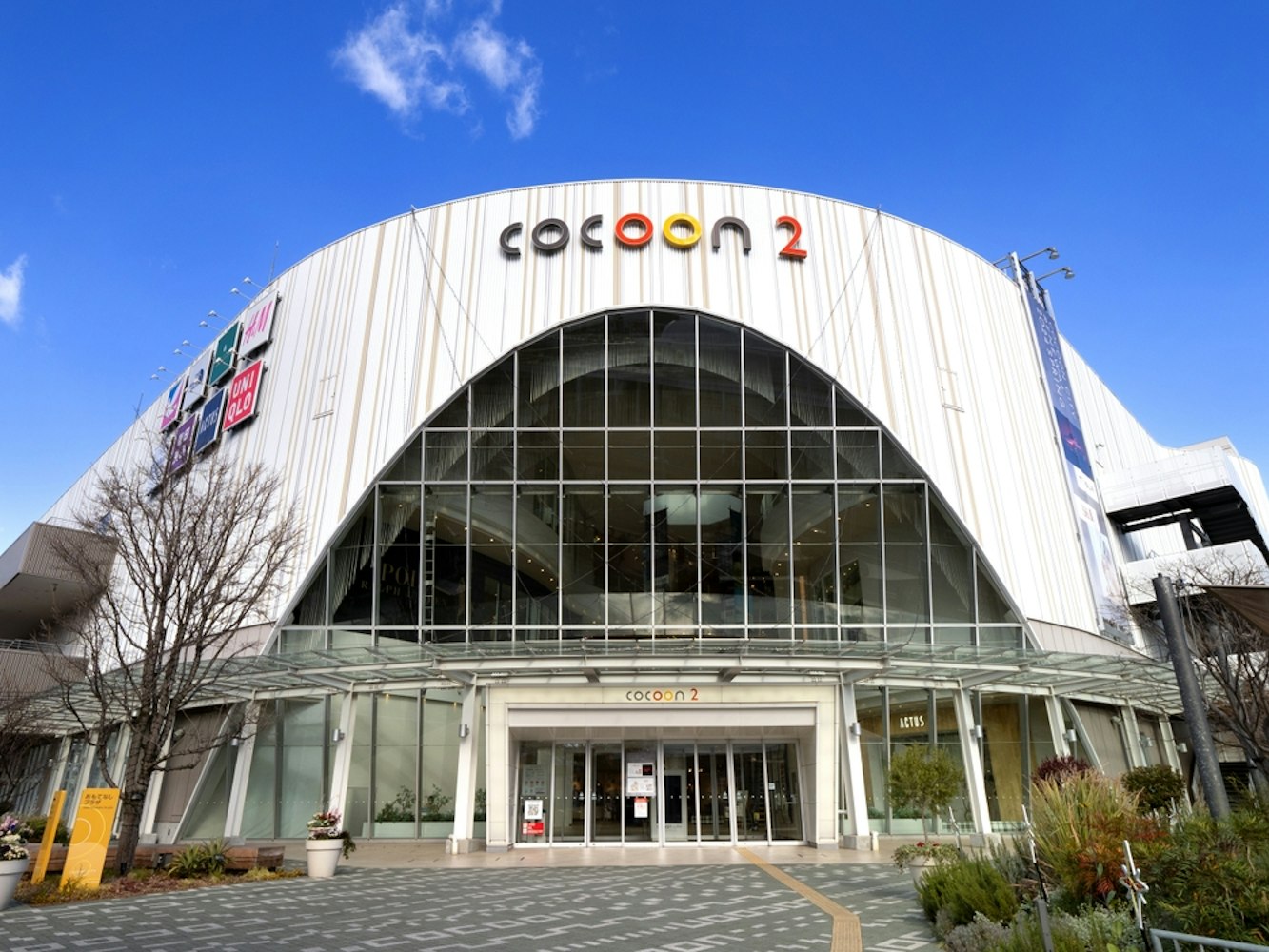
Cocoon City, located next to Omiya Station, is a modern shopping and entertainment complex. It features a variety of stores, ranging from international brands to local boutiques. Dining options include everything from casual cafes to fine dining, serving Japanese and international cuisine.
The complex also has a cinema and seasonal outdoor events, making it a great spot to unwind after a day of sightseeing. Its convenient location near the station makes it an easy addition to any itinerary.
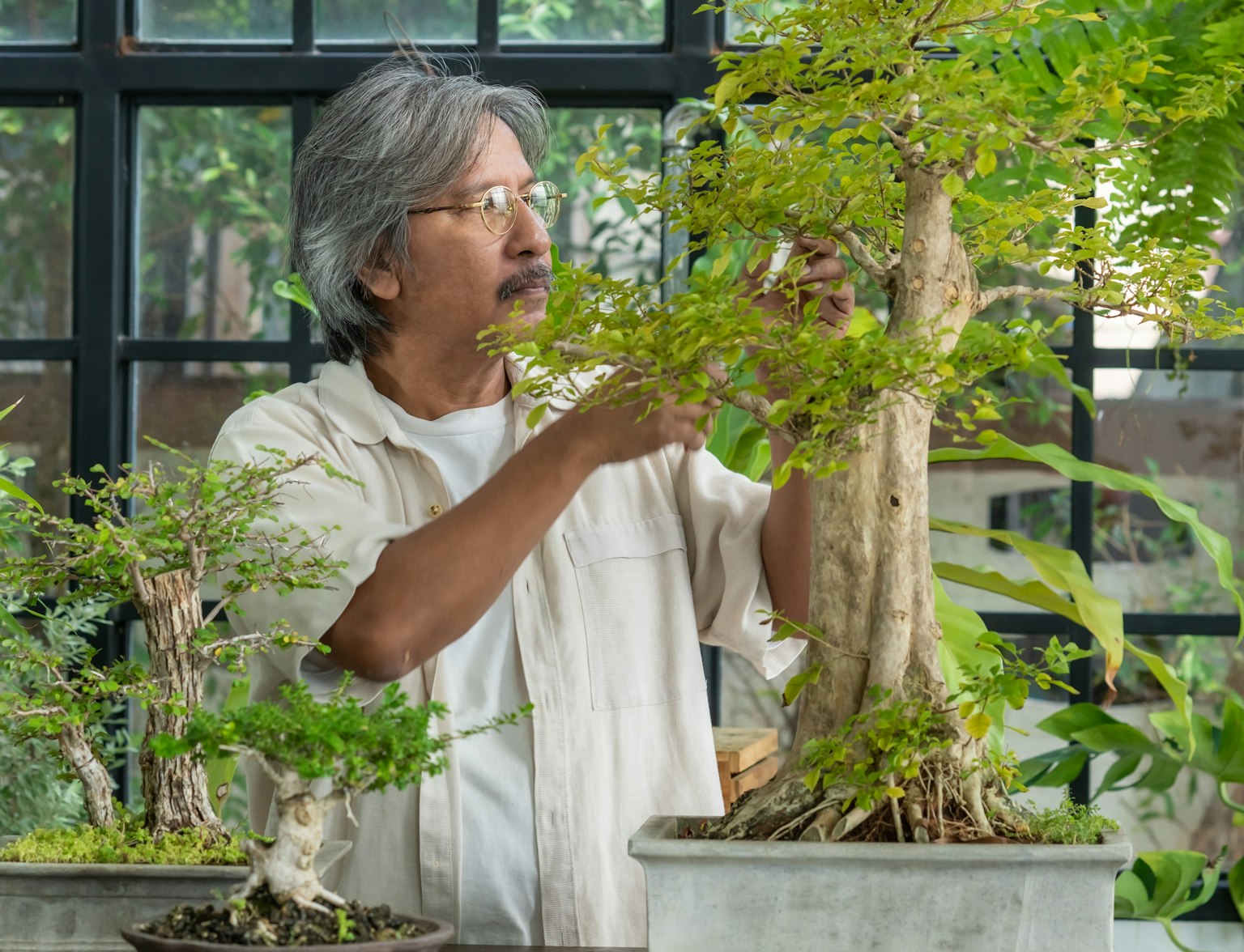
Experience the captivating world of Bonsai with this tour.
Saitama City offers meaningful cultural experiences. Tea ceremonies at local temples teach the art of preparing and serving matcha. Craft workshops, including ikebana (flower arranging) and calligraphy, give visitors a chance to create traditional Japanese art.
At Omiya Bonsai Village, you can attend demonstrations or try shaping a bonsai tree under expert guidance. Seasonal festivals at Hikawa Shrine often feature kagura (sacred dance) and taiko drumming, providing an authentic cultural connection.
Saitama City hosts vibrant festivals and events that showcase its culture and community:
Omiya Hikawa Shrine Festival: Held in summer, this event features portable shrines, traditional music, food stalls, and parades, offering a lively cultural experience.
Saitama Fireworks Festival: One of the city's major summer attractions, with colorful fireworks displays that light up the night sky.
Bonsai Festival: Taking place every May in Omiya Bonsai Village, this festival is a must-visit for bonsai enthusiasts, featuring exhibitions, bonsai sales, and workshops.
Seasonal Shrine Celebrations: Events at Hikawa Shrine include rituals, traditional music, and dances, showcasing Japan's rich cultural heritage.
Saitama City Marathon: An annual marathon attracting runners of all levels, featuring scenic routes and a community-focused atmosphere.
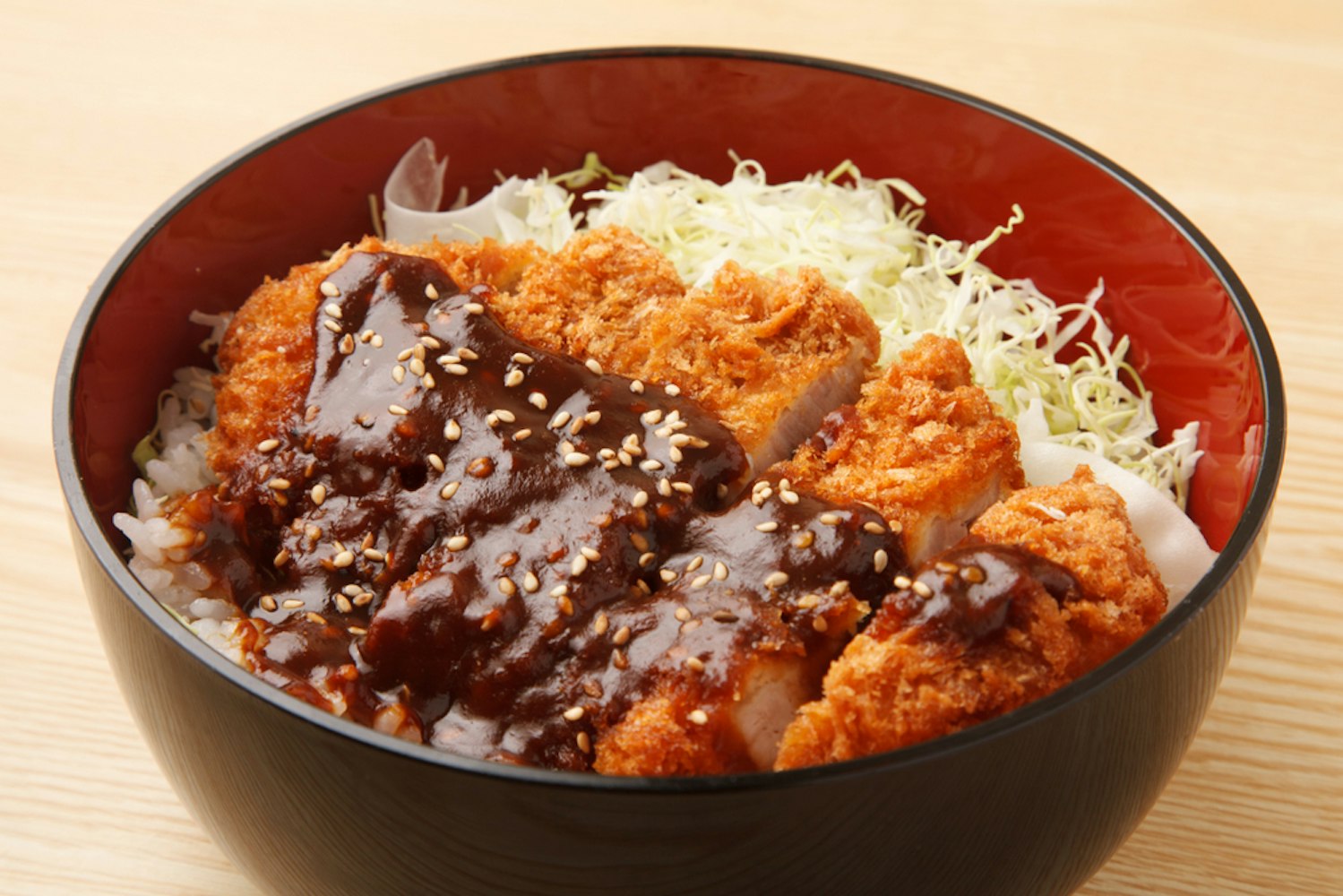
Saitama has convenient shopping spots and great food options. Cocoon City, located near Omiya Station, is a large shopping and entertainment complex featuring global brands, local boutiques, and a range of dining options.
Iwatsuki, famous for its doll-making heritage, offers specialty shops where visitors can purchase handcrafted traditional dolls, a unique cultural souvenir. Farmers' markets around the city showcase fresh produce, regional snacks, and artisanal goods.
For dining, try unagi (grilled eel), which is a local specialty, or freshly made soba noodles at small, family-run restaurants. Sweet lovers should not miss desserts made with chestnuts and green tea, two regional favorites that reflect the flavors of the area.
Kawagoe, often referred to as "Little Edo," is just a short train ride from Saitama City. This historic town features well-preserved Edo-period buildings, traditional shops, and a famous sweet street. Visitors can explore the charming streets, visit the Kawagoe Hikawa Shrine, and enjoy local delicacies. Kawagoe provides a perfect day trip to experience a bit of Japan’s history and traditional culture.
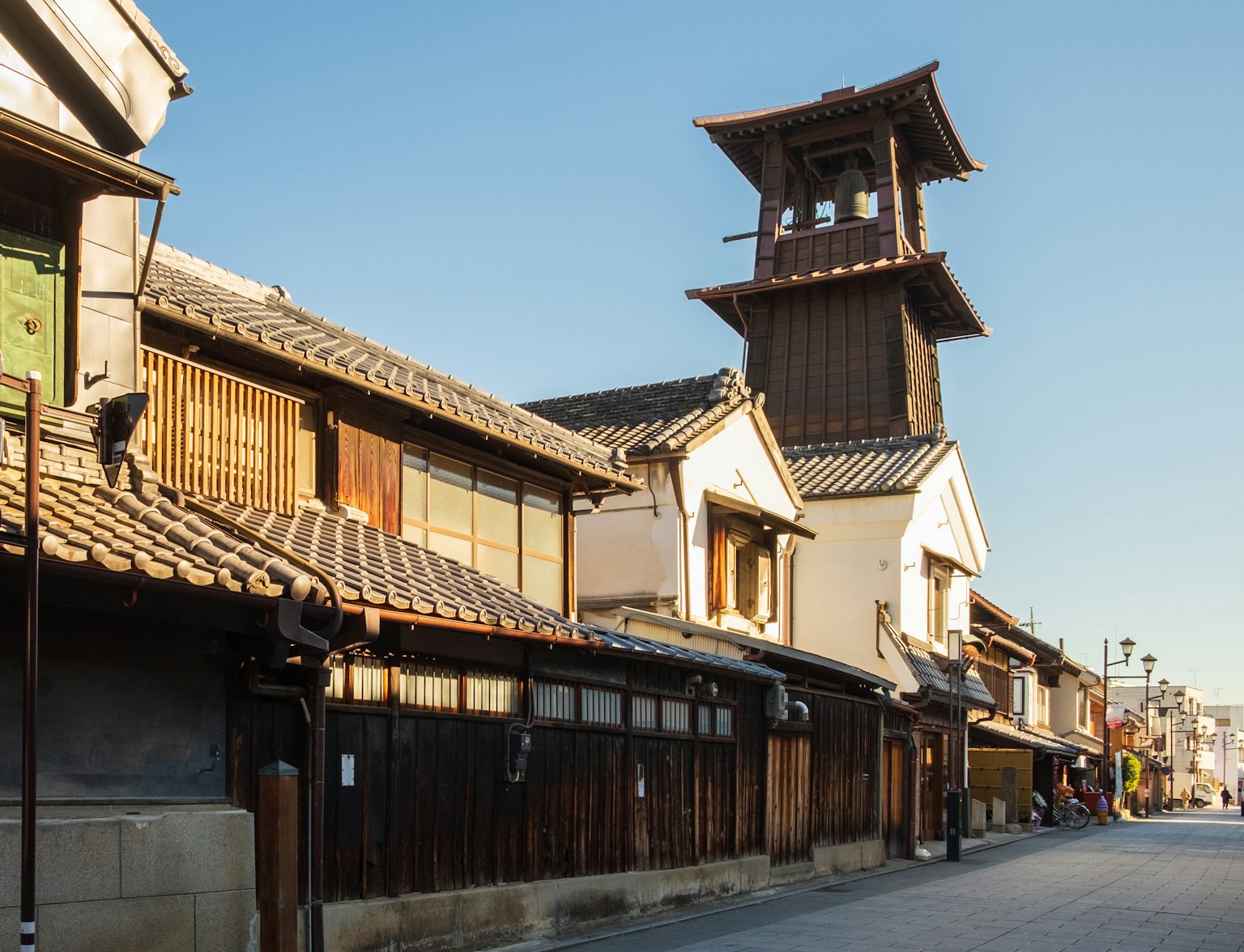
Unleash the wonders of Kawagoe and Chichibu with the Seibu 1-Day Pass.
For nature enthusiasts, Chichibu offers stunning landscapes and outdoor activities. Located in western Saitama Prefecture, Chichibu is known for its beautiful mountains, rivers, and hot springs.
Visitors can hike through the scenic Chichibu-Tama-Kai National Park, visit the picturesque Hitsujiyama Park, and explore the ancient Mitsumine Shrine. Chichibu is also famous for its festivals, such as the Chichibu Night Festival, which features elaborate floats and fireworks.

Saitama offers a range of accommodations suitable for all travelers, combining convenience, comfort, and unique experiences:
Hotel Mets Omiya: Perfectly located next to Omiya Station, this hotel provides modern amenities, making it an excellent choice for travelers looking for convenience.
Palace Hotel Omiya: This luxury option features spacious rooms, multiple dining choices, and event facilities. It’s ideal for those who want an upscale experience.
Ryokans and Guesthouses: For a traditional Japanese stay, ryokans in the surrounding areas offer tatami rooms and often include authentic meals, providing a cultural experience alongside comfort.
Business Hotels: Budget-friendly options like Toyoko Inn and APA Hotel cater to solo travelers and those seeking economical stays without compromising on quality.
Airbnb and Short-Term Rentals: Unique stays in Saitama, including cozy apartments and family-friendly houses, provide flexibility and local charm.
Saitama City offers an easy and enriching way to explore Japan beyond Tokyo. With its accessible attractions, diverse cultural experiences, and welcoming atmosphere, it’s an ideal destination for all types of travelers.
From historic sites to modern shopping hubs and flavorful cuisine, Saitama provides a unique glimpse into Japan's past and present. Whether you're planning a quick visit or a longer stay, the city promises a rewarding experience that’s worth adding to your travel plans.
